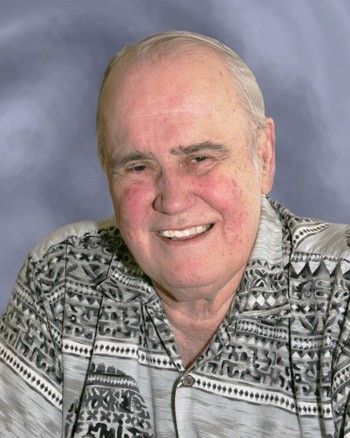-
(b.) -1933 May 17(d.)2010 September 09
Bio/Description
A native of Utah, he obtained his PhD in Electrical Engineering from the University of Utah. He invented CMOS logic circuits in 1963 while working at Fairchild Semiconductor. He wanted to use Fairchild?s planar manufacturing process to improve the stability of silicon field-effect transistors by joining p-channel and n-channel transistors. He had to overcome several technical hurdles, not the least of which was that the particular n-channel metal oxide field effect transistors that he needed did not yet exist. After some deft physics, he built his circuit. His demonstration showed that CMOS drew six times less power than the day?s state-of-the-art bipolar circuits. Because of their low power requirements, CMOS chips are well suited to battery-powered devices: the digital watch was one of the first products to make use of CMOS technology. The CMOS soon found wide application in the many other electronic products developed in the 1970s. CMOS chips are now part of nearly every electronic device, calculators and high-speed computers alike. He was given U.S. patent #3,356,858 for "Low Stand-By Power Complementary Field Effect Circuitry" in 1967. In 1964, he moved to General Microelectronics (GMe), where he made the first commercial MOS integrated circuits, and a year later to General Instrument Microelectronics Division in New York, where he developed four-phase logic. He was also remembered for his contribution to solving threshold voltage stability in MOS transistors due to sodium ion drift. In 1991, he was awarded the IEEE Solid-State Circuits Award.
-
Date of Birth:
1933 May 17 -
Date of Death:
2010 September 09 -
Gender:
Male -
Noted For:
Inventor of the complementary metal oxide semiconductor (CMOS), the technology employed in most modern microchips -
Category of Achievement:
-
More Info:


